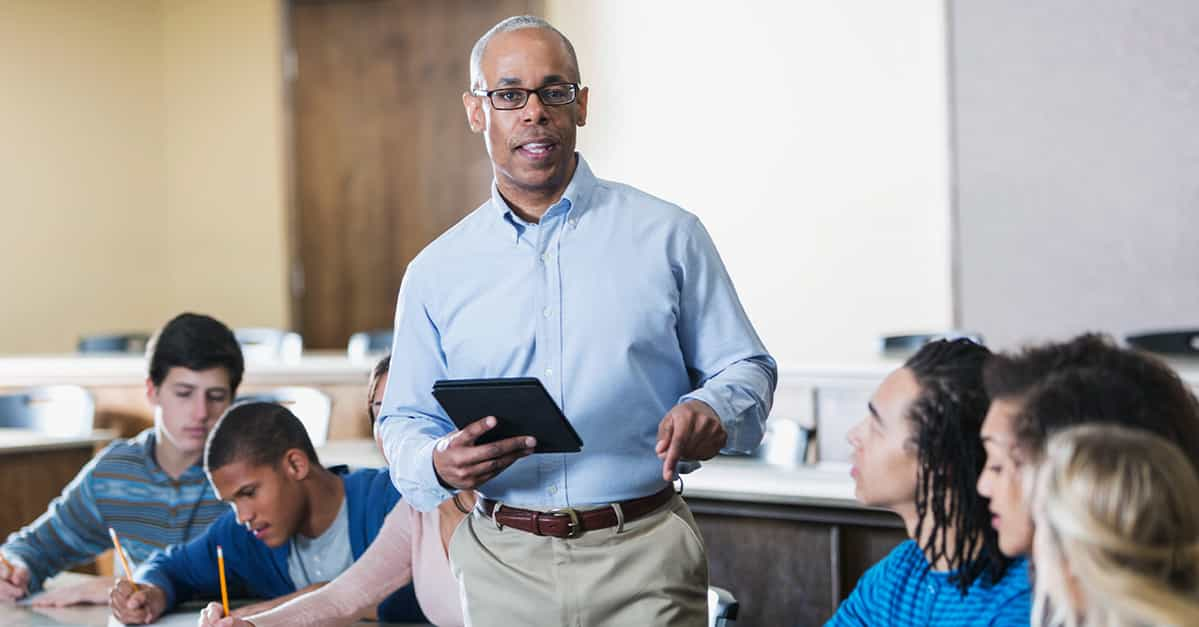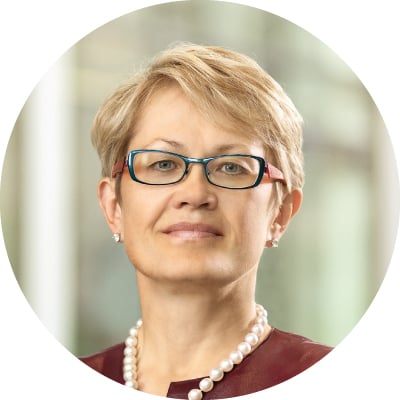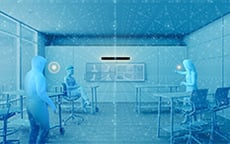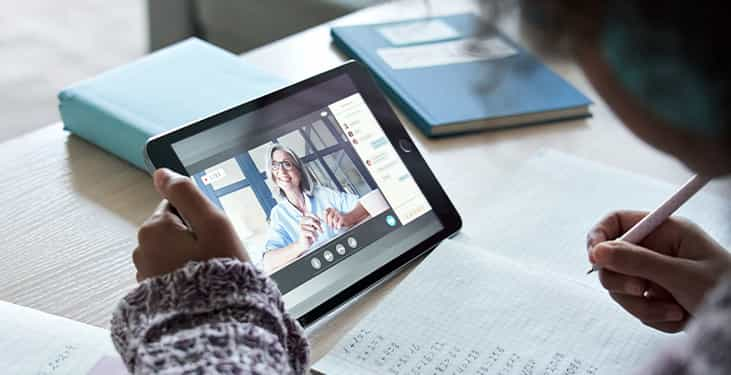
The best-laid plans have contingencies

If you had asked 100 educators at the end of the 2020–2021 school year to describe 2021–2022, virtually 100% of them would have said that, without a doubt, schools would be back to having all students and teachers in the classroom.
There is no question that educators, students and parents alike have strong preferences for in-person teaching and learning. And for good reason – the benefits are plentiful, as the research points out.
But what if the optimal environment for in-person learning cannot be created? Districts and schools are increasingly forced to respond to very challenging situations, such as
- A growing number of students who are required to stay home for a short period
- Open teacher positions in hard-to-fill subjects and grade levels
- A lack of qualified substitute teachers to cover for sick or isolating teachers
Maintaining continuity of education in these situations may not require full-time hybrid learning. But there is an opportunity – especially in secondary grades – for distance education to fill a specific, limited need. It can allow students to join classes virtually, staying on top of course work instead of falling behind. And it can open up access to a wider range of courses, in situations where in-person options would not be possible.
Distance learning can make school districts more flexible and adaptable, offering contingencies that even the best-laid plans require. Here are three ways it can help.
Short-term stay at home
Students may have to stay home for a short period of time for multiple reasons – their own illness, their own recovery from an accident or a family illness that requires isolation. The need to travel to be with ill family members can also temporarily take a student out of the classroom.
Sometimes these students need time away from their schoolwork to rest and recuperate. But this isn’t always the case. Often students are able and in fact eager to attend class and connect with classmates – if they only had a way to do so safely.
Distance learning tools allow students to remotely join live classes with their peers, staying on top of course work instead of falling behind. Virtual attendance also gives students a degree of normalcy they may be seeking during these times.
The pandemic has put a halt to students attending school while feeling unwell, even if their symptoms are mild, and the number of students who are too sick to be in the classroom but not too sick to learn is likely to increase. Ensuring their learning doesn’t suffer as a result is crucial.
Teacher shortage
Students in remote, sparsely populated areas have long relied on distance education to access the same high-level courses that students in major urban areas take for granted. Distance learning helps ensure they have the prerequisites for whatever they want to pursue in their postsecondary studies. Whether students attend these classes in person (connecting with a teacher from another school) or join remotely from home, this approach has helped smaller districts make the most of limited resources.
Now, distance education options once reserved for rural schools are becoming more widespread as teachers resign in record numbers. Alternative strategies for placing a highly qualified teacher in front of students may be required, even in large urban areas. And with better technology and an increased aptitude for remote instruction, students can still have a high-quality learning experience.
If some teaching positions become impossible to fill – advanced science and math or other highly specialized subjects, for instance – a teacher from one school can teach students from several others. This means that students don’t have to compromise on their education, regardless of staffing issues.
Substitute teacher shortage
Many districts are already feeling the pinch of substitute teacher shortages. Distance learning can help here too, making schools more adaptable and minimizing disruptions to student learning.
With the right approach, a teacher sick day doesn’t have to mean a lost day. A teacher of the same subject can connect in from her classroom and lead a second class, whether it’s across the district, within the same city or down the hall. With sick time extending multiple days and beyond, students can stay abreast of learning, even when their teacher must be absent.
The future isn’t what it used to be
These are not normal times. COVID-19 has changed teaching in a variety of ways, some good and some not so good. Now the challenge is to take these learnings and make the future.
If everyone can set aside the issues and challenges faced during the first two school years of the pandemic, then it’s possible to create a vision for secondary education that includes planning for contingencies outlined above. As we have all learned firsthand, unexpected things happen – and they can happen fast. When there is time to plan, to imagine and to create, what viable options are there to enable teaching and learning?
The technology exists. How schools and districts decide to harness and deploy it will make all the difference to student success.
Built for the evolution of education
Nureva® audio solutions offer groundbreaking simplicity and value to educators looking to improve their virtual PD sessions, hybrid admin meetings or distance learning classes. Find out how we can help you realize your vision.

Read On


Beware the pendulum – planning for the future of work
COVID-19 has profoundly changed not only how we perform work but how we think about work....








